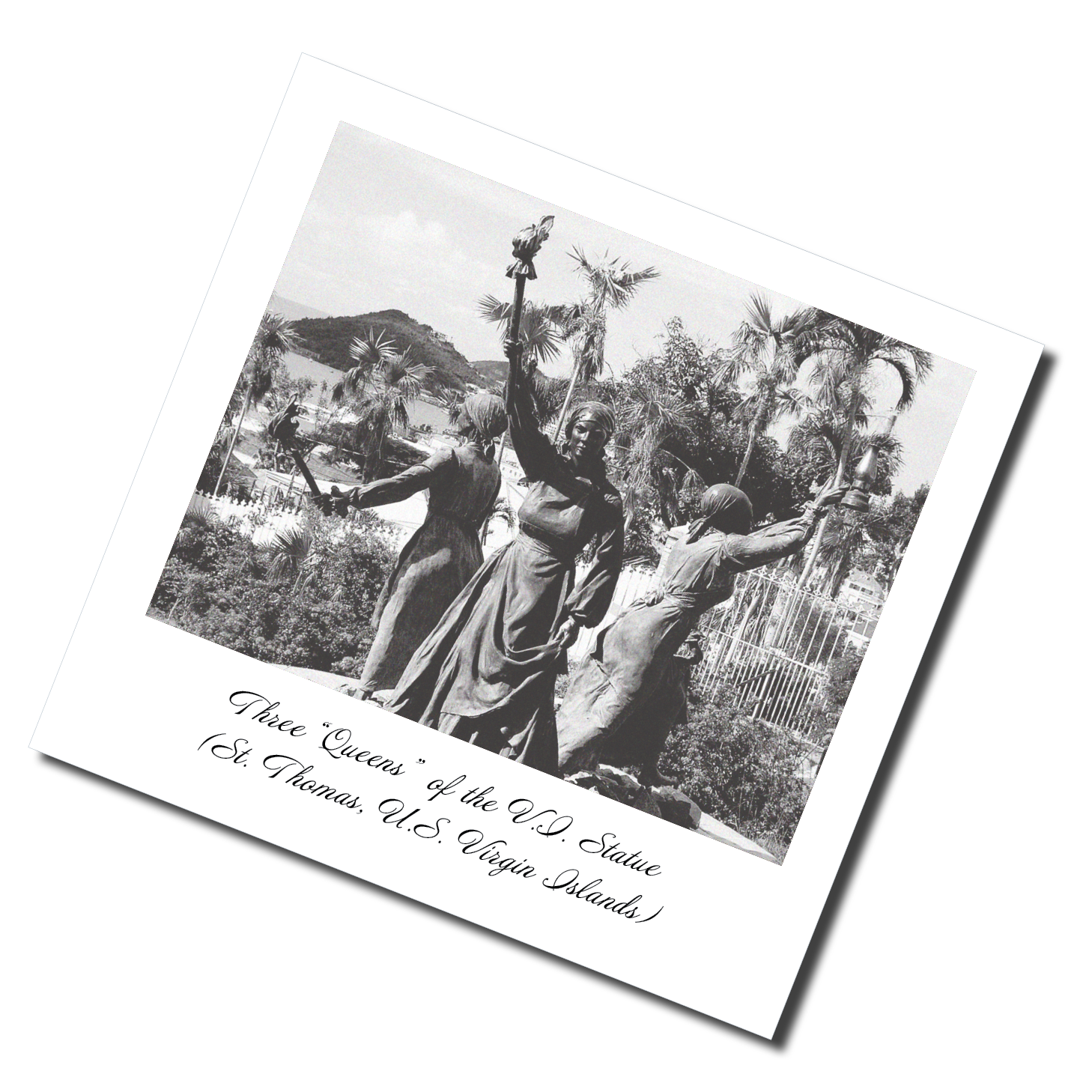The Labor Uprising of 1878 (St. Croix)
“Queen Mary, ah weh you gon go bu’n? Queen Mary, ah weh you gon go bu’n?”
Chances are you have heard or sang this song as a child if the U.S. Virgin Islands is a part of your heritage. Born Mary Thomas in 1848, Queen Mary is one of the USVI’s great heroines. She came to St. Croix from the island of Antigua in the 1860s to work the sugarcane plantations. Although slavery was abolished in 1848 in the then-Danish West Indies (St. Croix, St. John and St. Thomas), the islands’ black inhabitants still were not truly free. On October 1, 1878, black plantation workers gathered in St. Croix’s Frederiksted to demand fair wages and better working conditions. A rumor quickly spread that protester Henry Trotman was badly injured by Danish police and later died. The false rumor of his death resulted in more than 50 plantations and most of Frederiksted town burning at the hands of the angry workers. Queen Mary, and two other fearless “queens,” as identified by plantation workers, led the 1878 “Fireburn” labor uprising.
Events Leading Up to the Uprising
Although slavery was abolished in 1848 in the then Danish West Indies (St. Croix, St. Thomas, and St. John), the islands' black inhabitants still were not truly free.
In 1849, a labor law was put in place, which "fixed salaries and labor conditions for all plantation workers and prohibited bargaining for better wages or work conditions. This made plantation work unattractive and many workers opted to leave the plantations and the islands, to seek better conditions elsewhere." In response, the Danish government began charging fees for passports and demanding health certificates in order to make it harder for workers to leave the territory. "When wages were to be negotiated in the fall of 1878, the workers’ demands were denied, and new harsh conditions for traveling were imposed.”
The Fireburn (October 1, 1878)
On October 1, 1878, black plantation workers gathered in St. Croix’s Frederiksted to demand fair wages and better working conditions. A rumor quickly spread that protester Henry Trotman was badly injured by Danish police and later died. The false rumor of his death resulted in more than 50 plantations and most of Frederiksted town burning at the hands of the angry workers. Queen Mary, and two other fearless “queens” (Queen Agnes and Queen Matilda), as identified by plantation workers, led the 1878 “Fireburn” labor uprising.
The Sentencing
After being arrested and tried with the other leaders of the riot, Queen Mary, initially sentenced to death, was given life imprisonment. To carry out her term, in 1882, Mary and the other two “queens” were transferred to the Women’s Prison, Christianshavn in Copenhagen, Denmark. Leaving her three children behind, Mary made the journey to Copenhagen, taking only “a ring and a few earrings.” After serving approximately five years of her sentence in the women’s prison, Mary was sent back to Christiansted, St. Croix in 1887 to serve the remainder of her sentence. Mary died in 1905 and has since been heralded as “Queen Mary,” one of the most influential women in Virgin Islands history.

